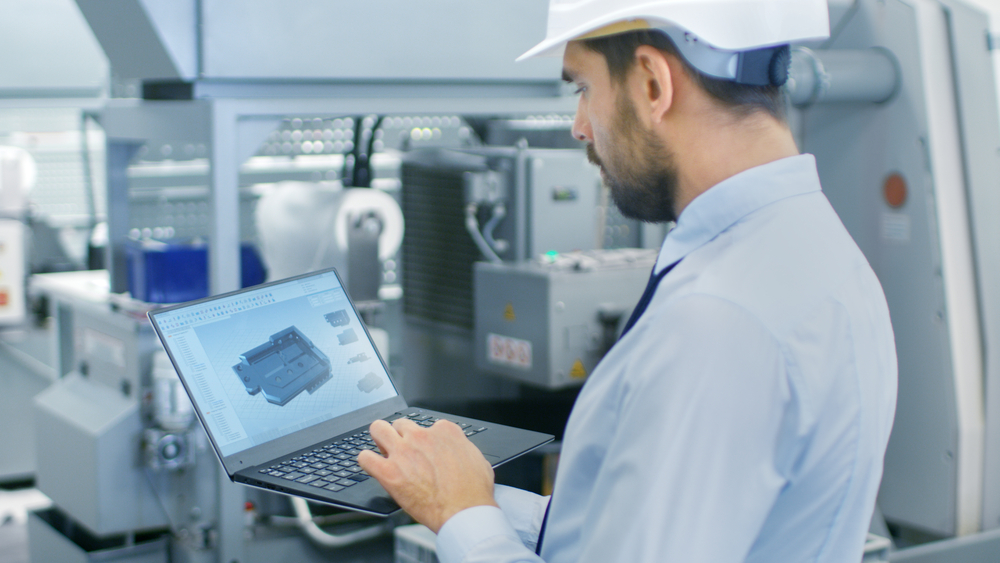
Mechanical design engineers play a crucial role in turning ideas and concepts into tangible products. They are responsible for designing, testing, and optimizing mechanical systems to ensure functionality, efficiency, and safety. From brainstorming innovative solutions to collaborating with cross-functional teams, mechanical design engineers are at the forefront of transforming ideas into reality. This article delves into the intricate process of how these professionals bring ideas to life through their expertise, creativity, and technical skills.
The Initial Concept
Brainstorming and Ideation
- Mechanical design engineers often start with a brainstorming session to generate ideas and concepts.
- They collaborate with team members to discuss the feasibility and potential challenges of each concept.
- Creativity plays a significant role in this stage as engineers explore unconventional solutions and innovative designs.
Concept Evaluation
- Once ideas are generated, engineers conduct a thorough evaluation to assess the viability of each concept.
- Factors such as technical feasibility, cost, timeline, and market demand are taken into consideration.
- Engineers use analytical tools and simulations to predict the performance of the design and identify areas for improvement.
Design and Development
Conceptualization
- After selecting the most promising concept, mechanical design engineers begin the process of conceptualization.
- They create detailed sketches, renderings, and 3D models to visualize the product design.
- Collaboration with industrial designers and cross-functional teams ensures that the design meets both functional and aesthetic requirements.
Engineering Analysis
- Engineering analysis is a critical step in the design process where engineers evaluate the performance and integrity of the design.
- Finite element analysis (FEA), computational fluid dynamics (CFD), and other simulations are performed to optimize the design for efficiency and safety.
- Design iterations are common at this stage as engineers refine the design based on analysis results and feedback.
Prototyping and Testing
Prototyping
- Once the design is finalized, mechanical design engineers create prototypes to test the functionality and performance of the product.
- Prototyping can involve rapid prototyping techniques such as 3D printing or traditional manufacturing methods.
- Prototypes are used to identify any flaws or issues in the design before full-scale production begins.
Testing and Validation
- Testing is an essential part of the product development process to ensure that the design meets all performance requirements.
- Mechanical design engineers conduct various tests such as mechanical stress tests, thermal analysis, and durability tests.
- Validation testing helps engineers identify potential weaknesses in the design and make necessary improvements.
Refinement and Optimization
Iterative Design Process
- Design refinement is an iterative process where engineers continuously improve the design based on feedback and test results.
- Feedback from prototype testing and validation helps engineers identify areas for optimization and refinement.
- Each design iteration brings the product closer to perfection in terms of functionality, performance, and user experience.
Optimization for Manufacturing
- As the design is refined, mechanical design engineers focus on optimizing the product for manufacturing.
- Design for manufacturability (DFM) principles are applied to simplify production processes and reduce costs.
- Collaboration with manufacturing engineers ensures that the design can be efficiently produced at scale.
Conclusion
From the initial concept to the final product, mechanical design engineers play a pivotal role in bringing ideas to life. Their expertise in design, analysis, prototyping, and optimization is instrumental in creating innovative and functional products. By following a systematic design process and leveraging their technical skills, mechanical design engineers transform concepts into reality while ensuring that the resulting products meet the highest standards of quality and performance.
